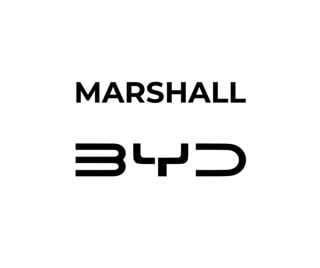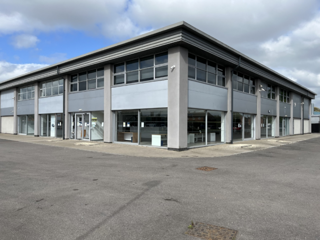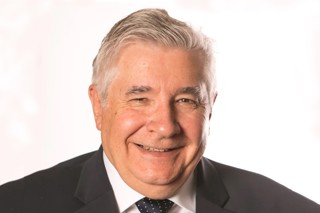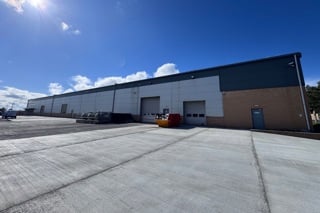Does it sell more cars and generate aftersales business?
Over the years, we have interviewed dealers who have made large investments in their premises, but who have failed to attract new sales. In some cases, customers have been put off by the pristine appearance and a belief that their car purchase will be more expensive because the customer is in some way paying for the new dealership.
Does it provide an adaptable environment?
A few years ago, in conjunction with the civil engineering department here at Loughborough University, we made a study into adaptable buildings. One of the things that struck us was that most new dealership designs were completely inflexible. Surely as the market changes it should be possible to change the percentage of floor area dedicated to each activity? Flexible configuration would give greater longevity to the building and future-proof the investment.
Some years ago, one of the big Japanese brands was frustrated that a local dealer in West Wales resisted their appeals to upgrade premises to fit in with the look and style of their new dealership concept. Eventually, after much wrangling, the company fired the dealer and one of the big groups built a new dealership to the specification the manufacturer wanted. It had high-intensity lighting and proudly proclaimed the brand in that market area.
From day one it lost money, while the old dealer continued to prosper. Our research showed that people in that area of Wales suspected that if they bought a car from the new dealership they would have to pay more to cover the inflated overhead of the new premises.
However, there was a much bigger obstacle – the new dealer didn’t speak Welsh. You can have the best premises in the world, but unless you get the basics right it can be a complete waste of money.



















Richard Williams - 26/11/2014 13:51
Well done Jim, what you say works, come and see us